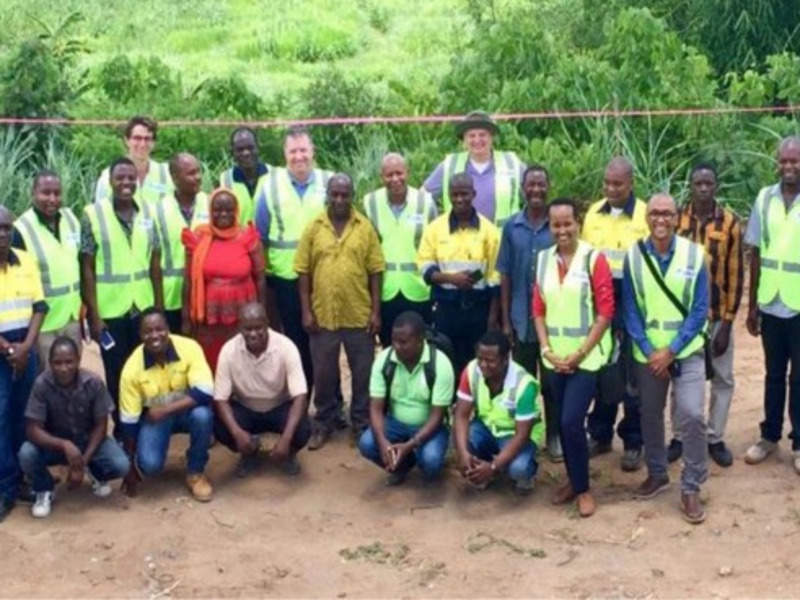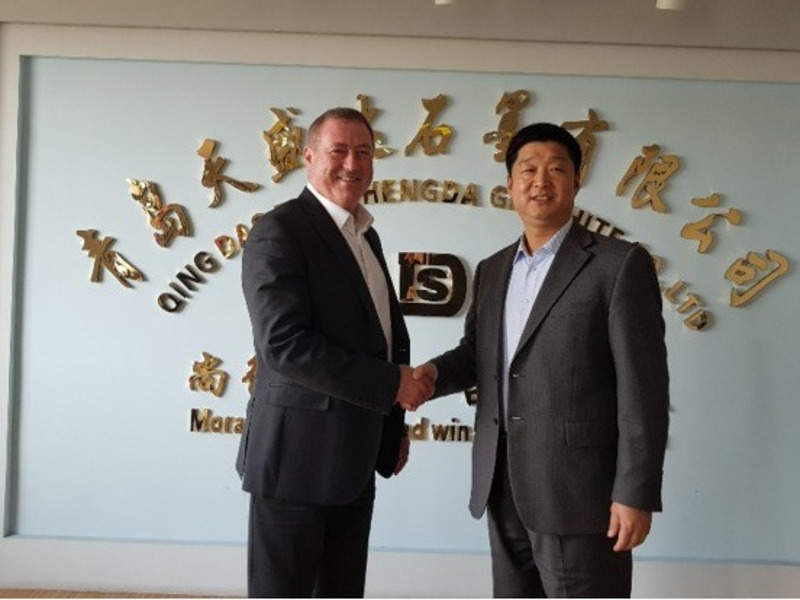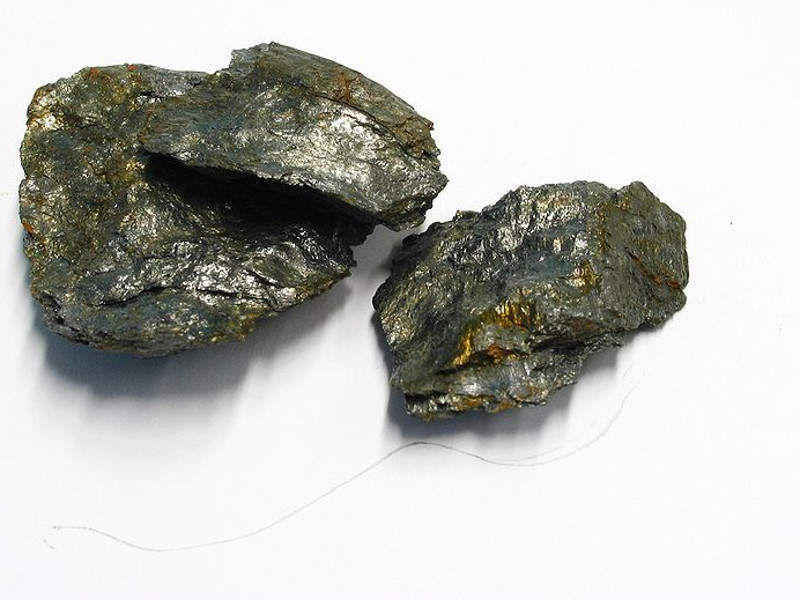Bunyu graphite project, located in the Mtwara Region of Tanzania, is owned by Volt Resources. It is considered to be the biggest graphite mineral resource in the country.
The project is planned to be developed in two phases. Volt submitted the mining license application for stages one and two of the development to the Ministry of Minerals in the first quarter of 2018.
Stage one development will enable Volt to establish infrastructure and market position for the development of stage two. The annual throughput of stage one will be 400,000t of ore and 23,700tpa of graphite over a seven-year mine life. The stage one feasibility study was released in July 2018.
The Bunyu graphite project received environmental impact assessment certificate in September 2018 from the National Environment Management Council of Tanzania (NEMC).
Mining operations at Bunyu are expected to commence in the third quarter of 2019.
Bunyu graphite project location and geology
The graphite project is located within the Mtwara region in the south-eastern part of Tanzania. The graphite mineralisation lies within layers of gneiss and schists in a sub-horizontal pattern.
The graphite flake concentrate hosted at the mine is 99% purity commercial battery-grade graphite, which can also be used to produce graphite foil, refractory and lubrication products. More than 80% of the concentrate consists of super jumbo, jumbo and large flakes of graphite.
Bunyu mine reserves
The Bunyu graphite project is estimated to contain measured, indicated and inferred mineral resource of 461Mt graded at a total graphite content (TGC) of 4.9%.
The proven and probable ore reserves at Bunyu are estimated to be 127.4Mt graded at a TGC of 4.36%, containing 5.6Mt of graphite concentrate.
“The Bunyu graphite project is located within the Mtwara region in the south-eastern part of Tanzania.”
Mining and processing at Bunyu graphite project
Conventional open-cut method will be used to recover graphite at Bunyu. The run-of-mine ore will be processed at a nominal rate of 3.8 million tonne a year.
The ore will undergo two stages of crushing including primary and secondary in a primary jaw crusher and secondary cone crusher, followed by rod milling.
The crushed ore will pass through a series of flotation stages including roughing and five stages of cleaning before the concentrate is thickened, filtered, dried and sent to the bagging plant.
Dry graphite will be packed in bulk bags for transportation to the Mtwara port located 150km away and Dar es Salaam port located 550km away in eastern Tanzania for shipment.
Infrastructure at Bunyu
Access to the site is through a 10km sealed road, while water will be sourced from new bores and a water storage reservoir.
Power will be supplied from a 3MW diesel generator plant. Office work shop and camp facilities are also planned to be developed.
Graphite off-take agreements
CNBM General Technologies has signed a co-operation agreement with Volt for the off-take of between 10,000t and 15,000t of graphite a year for five years, with an option to extend by five more years.
AOYU entered a co-operation agreement with Volt for the off-take of 10,000-20,000t a year of graphite for five years.
Qingdao Tianshengda Graphite agreed for the off-take of 10,000t a year for five years, while Qingdao Guangxing Electronics Material agreed for the off-take of 5,000t a year for five years.
NanoGraphene entered a binding off-take agreement with Volt in March 2017 for a minimum of 5,000t graphite flake concentrate for five years.
HAIDA Graphite and Qingdao Baixing Graphite have also signed an off-take co-operation agreement with Volt.
Contractors involved
Volt Graphite Tanzania, a subsidiary of Volt, will handle the mining and logistics operations, product transport, and operation of the processing plant and the power plant.
ROM Resources was involved in updating the mineral resource estimate for the pre-feasibility study in December 2016.
BatteryLimits was engaged in the key feasibility study management activities including processing, engineering, metallurgy, and capital and operating cost estimate works. The mining study for stage one feasibility study was undertaken by Orelogy, which also contributed in drawing the operating cost estimates.
ATC Williams worked on the tailings analysis for the project. Geology and resources were studied by Optiro, while the geotechnical part was completed by PSM.





